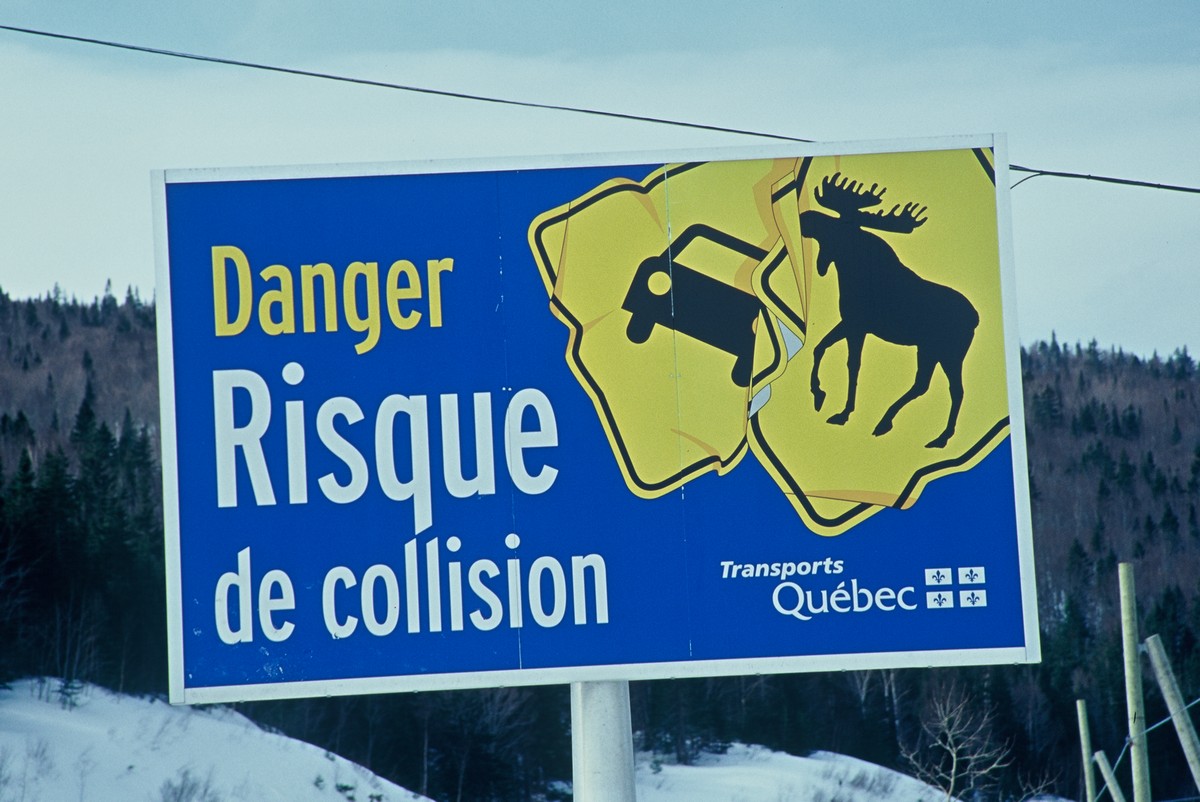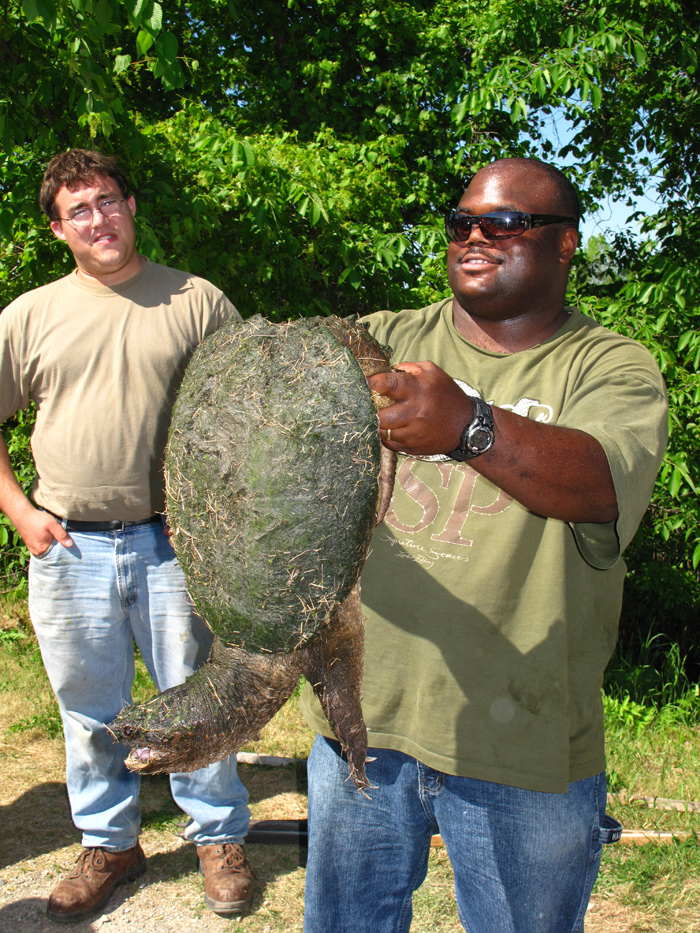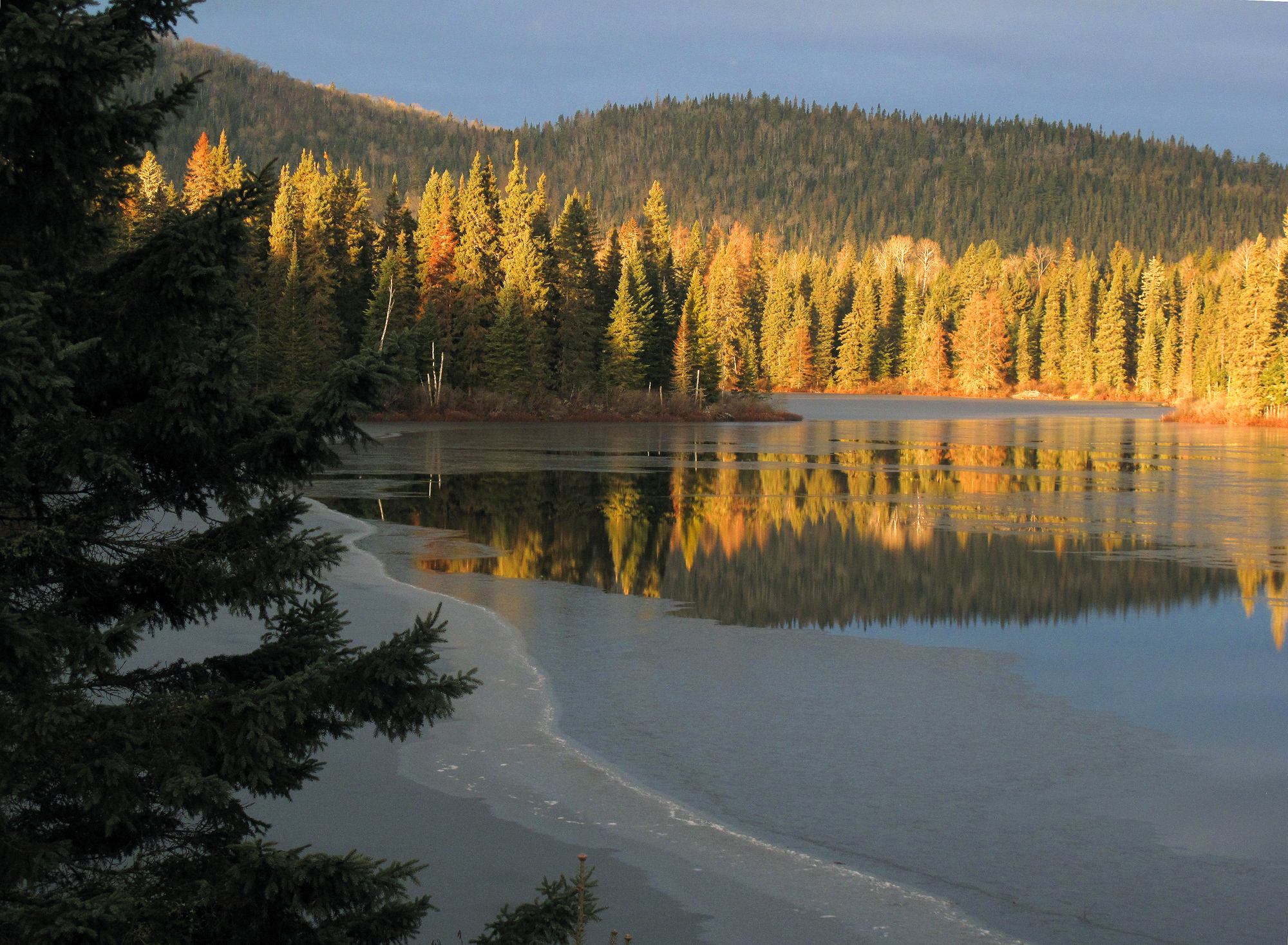Making Roads Safer for People and Wildlife
''This training has changed me, how I think, how I design projects, how I fund projects."
 Thousands of motor vehicles collide with animals every day, often with disastrous results for wildlife, cars, drivers and passengers. In the Northeast, more motor vehicles and an expanding moose population will only increase the carnage. The Keeping Track® Habitat & Highways training course can help transportation and wildlife agencies ensure that wildlife and the habitat they depend on are an integral part of road planning, building and maintenance.
Thousands of motor vehicles collide with animals every day, often with disastrous results for wildlife, cars, drivers and passengers. In the Northeast, more motor vehicles and an expanding moose population will only increase the carnage. The Keeping Track® Habitat & Highways training course can help transportation and wildlife agencies ensure that wildlife and the habitat they depend on are an integral part of road planning, building and maintenance.
A VTrans staff member examines a
strong, healthy snapping turtle.

Focusing on the most imperiled animals
The goal of this innovative program is to significantly reduce the number of wildlife collisions and improve the safety of our highways and roads. This springs from greater understanding of wildlife movement, habitat needs and corridors -- whether by planners looking to more effectively place wildlife crossing signs or by crews learning to use roadside berms to block turtles from walking into traffic.
Habitat & Highways introduces the biology and ecology of a range of mammals, reptiles and amphibians most affected by transportation policy and management. We focus on those animals most imperiled on today's highways. The training offers participants from transportation, wildlife and related state and federal agencies a series of hands-on field experiences, along with an open forum for discussion and exchange.
For more information on how Habitat & Highways could work for your organization, please contact us.
Endorsed by Highway and Wildlife Experts Alike
Here are just a few comments from agency personnel with whom we've worked. Feel free to get in touch for additional references.
“Increasingly, there are collisions between animals and vehicles on New Hampshire roadways, often with injury to the people in the vehicle, but almost always to injury or death to the animal. Many Natural Resource Agencies and Non-Governmental Organizations have started requiring or strongly suggesting better design of Highways to accommodate the safe passage of animals under or over the roadways….Keeping Track offers an excellent course to show those people involved in transportation-related issues what the consequences are to animal habitats when roadways are constructed. The NHDOT greatly recommends this course to others involved in the transportation field.”
--Cathy Goodmen, Sr. Environmental Manager, NHDOT Bureau of Environment
“The biggest lesson for me was the need to use our limited funding to identify and conserve large, connected, and varied habitats rather than to create small, disconnected mitigation sites. I look forward to the next sessions!"
--Atlee Mousseau, Highway Designer Maine Department of Transportation

“These instructors had solid information derived from science, tempered with common sense and experience. Because of this I feel more comfortable to weigh their environmental concerns more heavily in my designs."
--NH Department of Transportation staff
“If budgets allow, I would recommend this course to highway planners, engineers and biologists. The material is presented in an easily understandable manner and will help foster an understanding of road ecology and the effect of road/animal interactions.”
--Richard Bostwick, Supervisor of Field Services, Maine DOT-ENV

